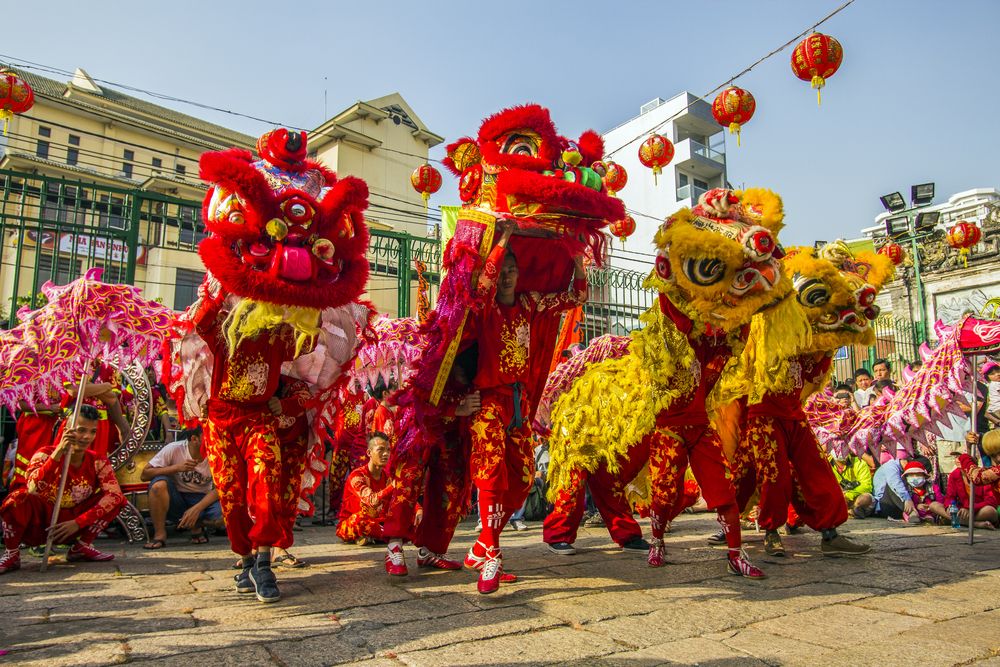Lunar New Year is the beginning of a new year based on the lunisolar calendar, typically occurring around late January or early February. It is the most important holiday in many East Asian countries. While many different Asian cultures celebrate Lunar New Year, each one has its own customs and traditions for the holiday. Here is a brief overview of how some of these cultures celebrate this important holiday:
China & Taiwan
In China and Taiwan, Lunar New Year is celebrated with dragon and lion dances, firecrackers, new clothing, new haircuts, and house-cleaning. The holiday takes place over the span of fifteen days and begins on Feb. 12 this year. On this holiday, many people visit family and friends, and unmarried people receive money in red envelopes. Fish, nian gao, and tangyuan are commonly eaten during the festivities. Both fish and nian gao symbolize prosperity while tangyuan symbolizes family togetherness. Each year has its own zodiac animal, determined by the twelve-year cycle of the Chinese zodiac. This year is the Year of the Ox, and people born under this zodiac animal are believed to be honest and hardworking.
Vietnam
Referred to as Tết, Lunar New Year in Vietnam is heavily influenced by its Chinese neighbors. It is a three-day holiday, starting on the first day of the Vietnamese calendar which, except for one occasion, is the same date as the first day of the Chinese calendar. It also follows the same zodiac cycle as China. While it celebrates in a very similar way to China and Taiwan, Vietnam has its own unique dishes served during the holiday. Bánh chưng, one of the most well-known dishes, is sticky rice with meat or bean filling wrapped in banana leaves. Gambling is also a popular activity during the holiday, with people enjoying games such as the traditional Bầu cua tôm cá.
Korea
In Korea, Lunar New Year lasts for three days and is mainly a family holiday. Unlike the other cultures, Korean New Year starts the day before the Lunar New Year and ends the day after. Many Koreans return to their hometowns to visit their parents and wear traditional clothing called hanboks, which are a two-piece, colorful, high waisted shirt with either a skirt or pants. Children receive pocket money during Korea’s Lunar New Year as well, but first they must perform deep traditional bows to their elders; then their reward comes in silk bags accompanied by words of wisdom. The traditional bow, called Sebae, is different for each gender, with males going on their hands and knees and females going on their knees and folding their hands horizontally. Like Vietnamese New Year, Korean New Year also follows a zodiac system similar to China’s. The most popular Korean dish for the holiday is tteokguk, a soup with sliced rice cakes. It is said that once a person finishes his or her tteokguk on Lunar New Year day, he or she is one year older.

